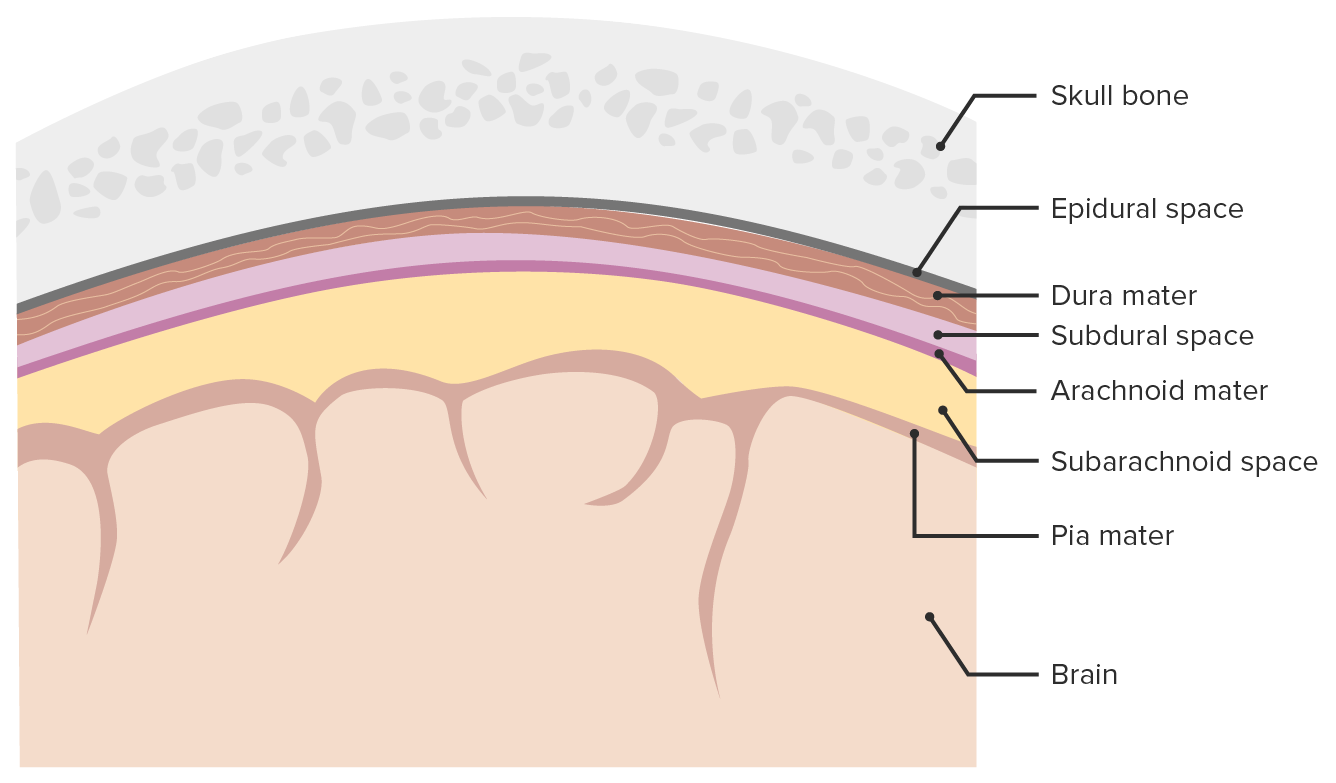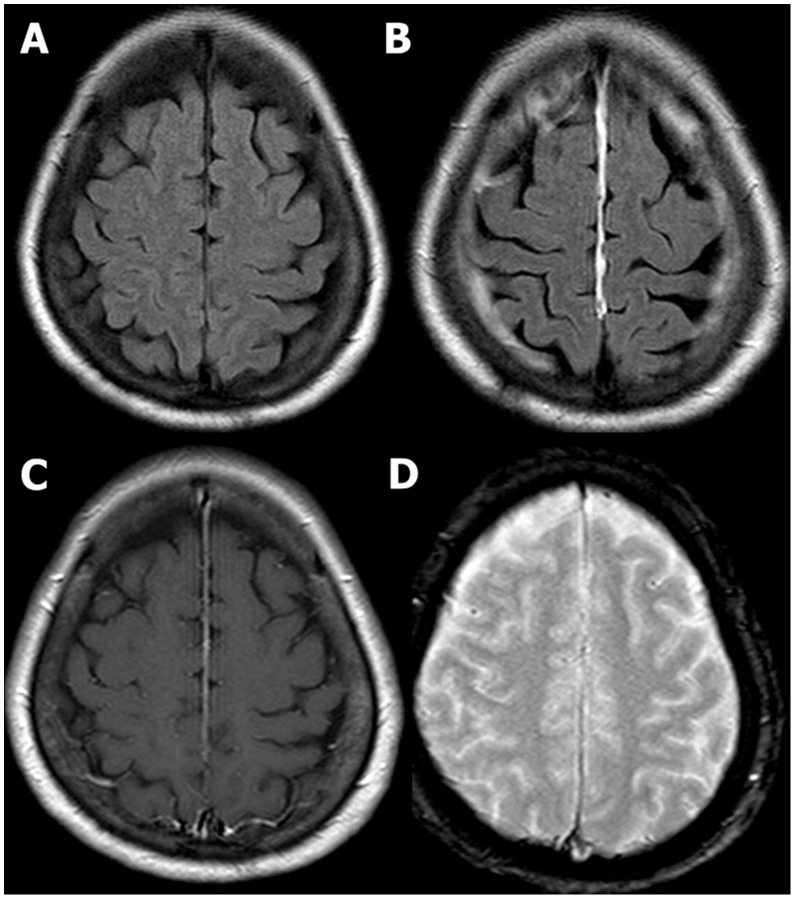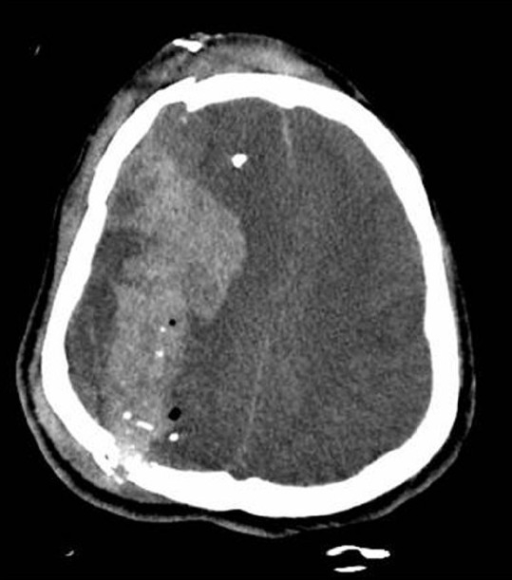Playlist
Show Playlist
Hide Playlist
Subarachnoid Hemorrhage (SAH): Management
-
Emergency Medicine Bord Intracranial Hemorrhage.pdf
-
Download Lecture Overview
00:01 Now, what do we do for management? Airway management, you’re in the Emergency Department you always wanna make sure that you’re managing that airway first and that should be your first and foremost priority. 00:11 You also wanna minimize vasospasms. 00:14 So in that area where there is the aneurysm, there can be a significant amount of vasospasm and the treatment for that is the medication called nimodipine. 00:21 And you wanna really make sure your patient gets that so if they’re not able to take oral medication, that can be administered via NG tube, the nasogastric tube. 00:30 You wanna closely monitor their blood pressure and you wanna treat it if it’s elevated. 00:35 Some of these patients may have associated seizure and you wanna go ahead and treat their seizure as indicated. 00:42 And in these patients you wanna make sure you get a neuro surgery consult because this is technically something where clipping or coiling of the aneurysm may greatly benefit the patients. 00:52 The can go in and they can intervene on that aneurysm to stop it from bleeding and to prevent it from bleeding again in the future. 01:01 So the conclusions here in the take home points, intracranial hemorrhage has a high morbidity and mortality. 01:09 It occurs most commonly, the intracerebral hemorrhage, due to chronic hypertension as well as amyloid angiopathy. 01:16 Airway management may be needed for patients with intracerebral hemorrhage as well as subarachnoid hemorrhage so it’s very important especially in the Emergency Department that were thinking about airway management. 01:27 Blood pressure management can help reduce persistent hemorrhage, but be careful not to overshoot, not to decrease that cerebral blood flow too much because remember, especially in that intracranial hemorrhage group, those are people who have chronically elevated blood pressure. 01:42 The last point here is that the diagnosis of subarachnoid hemorrhage can be challenging. 01:47 Non-contrast head CT followed by lumbar puncture remains the gold standard, but early CT scan has really a very good sensitivity and specificity. 01:56 This is the diagnosis where we like to get as close to 100% sensitivity as we possibly can so it’s very important that if you’re worried about this that you have that discussion with your patient and you talk about next steps after that non-contrast head CT.
About the Lecture
The lecture Subarachnoid Hemorrhage (SAH): Management by Sharon Bord, MD is from the course Neurologic and Psychiatric Emergencies.
Included Quiz Questions
Which drug can be used for managing vasospasm in aneurysmal subarachnoid hemorrhage (SAH)?
- Nimodipine
- Naloxone
- Labetalol
- Hydralazine
- Metoprolol
Customer reviews
5,0 of 5 stars
| 5 Stars |
|
5 |
| 4 Stars |
|
0 |
| 3 Stars |
|
0 |
| 2 Stars |
|
0 |
| 1 Star |
|
0 |







